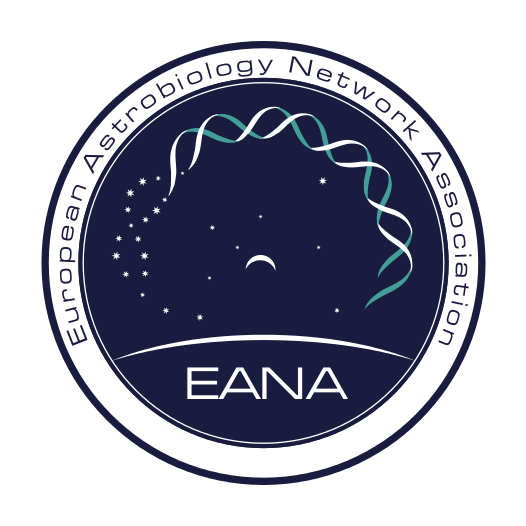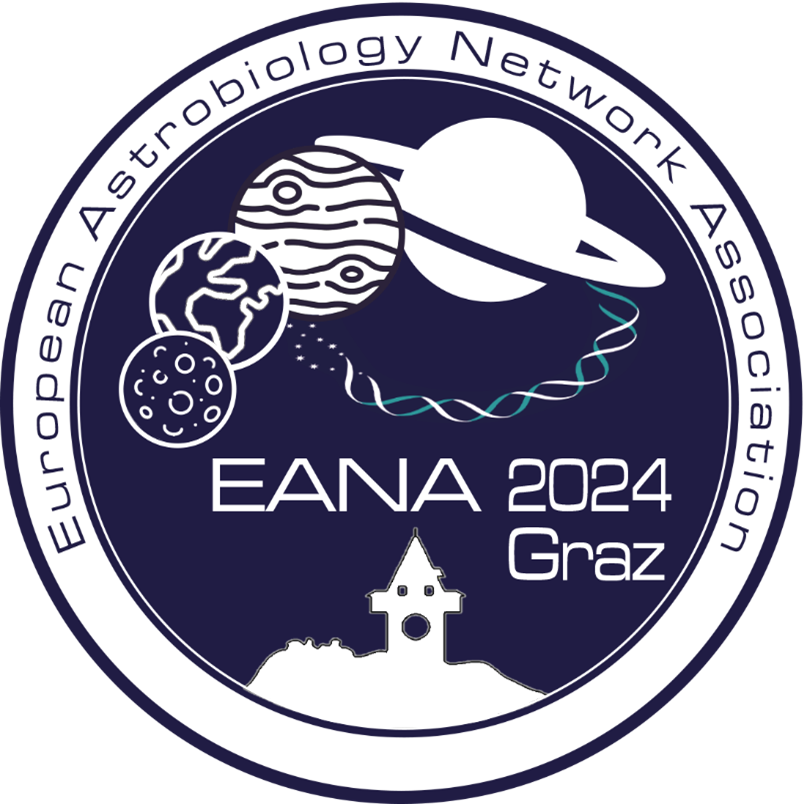 |
Abstract EANA2024-127 |

|
The emergence and prevalence of Earth-like Habitats in the Galaxy
So-called Earth-like Habitats are rocky exoplanets in the habitable zone that are able to host Earth-like N2-O2-dominated atmospheres with minor amounts of CO2 on which complex animal-like life could in principle evolve. Their prevalence in the Galaxy depends on certain astrophysical, geophysical, and biochemical criteria that must be met to allow for their evolution and environmental stability. One of the essential factors for the emergence and evolution of Earth-like atmospheres is a planet's host star. Its radiation and plasma environment may affect atmospheric stability to such an extent that it can even render the existence of an Earth-like atmosphere unlikely. A star's UV flux evolution can further be critical for prebiotic chemistry and the subsequent evolution of life. Microbial life able to release N2 and O2 into the atmosphere may in-turn be another essential parameter needed to allow for the simultaneous existence of atmospheric O2 and N2 over geological timescales, and hence for the emergence of Earth-like Habitats. This makes an N2-O2-dominated atmosphere, especially with CO2 as a minor constituent, a potential sign of life to be present on such a planet. Here, the mixing ratio of CO2 is of particular importance, as this parameter will not only influence the thermal stability of an Earth-like atmosphere against escape into space but can - together with N2 and O2 - also provide tentative toxicity and physical limits for life as we know it to evolve. In this talk, I will address the importance of the stellar environment and of life itself for an Earth-like Habitat to evolve and will briefly discuss additional parameters relevant for their evolution. For this, I will first briefly focus on the terrestrial planets in our Solar System and will then discuss what their diverging evolution can tell us about the prevalence of Earth-like Habitats - and, potentially, complex animal-like life - in the Galaxy, but also about their prevalence around stars of different spectral classes.
